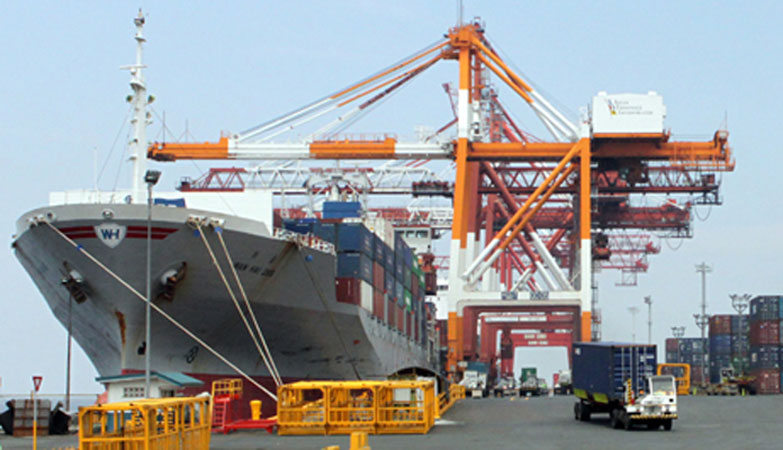Weak exports seen as main risk to PHL GDP growth target in 2024

SLUGGISH overseas demand poses the biggest risk to Philippine growth this year, imperiling the official gross domestic product (GDP) target of 6.5-7.5%, BMI Country Risk & Industry Research said.
In a report, BMI said the 6.5% to 7.5% target will be difficult to achieve this year, despite the economy’s strong growth momentum.
“Like many of its regional peers, a deteriorating external demand picture will exert the biggest drag on the Philippines’ economy. Already, we are seeing its impact,” BMI said.
The economy expanded 5.6% in 2023, against the 7.6% posted in 2022 and below the government’s 6-7% full-year target, as exports declined, the Philippine Statistics Authority (PSA) said.
Exports of goods and services declined 2.6% in the fourth quarter, a reversal of the 2.6% growth in the third and the 14.6% expansion a year earlier. This brought full-year growth to 1.3%, well below the 10.9% posted in 2022.
“We think that a turnaround is unlikely given that our team is forecasting global growth to edge down from 2.6% in 2023 to 2.2% in 2024. To be sure, Philippines’ major trading partners are also facing significant headwinds of their own,” BMI said.
It said that a recession in the US and in China bodes poorly for the Philippine external sector, as these economies account for one-third of the country’s total exports.
The PSA also reported that merchandise exports dropped 7.6% to $73.52 billion in 2023, reversing the 6.5% growth posted in 2022.
The US was the top export destination last year with a 15.7% share worth $11.54 billion. Exports to China accounted for a 14.8% share, followed by Japan (14.2%), and Hong Kong (12%).
Meanwhile, imports fell 8.2% to $125.95 billion in 2023, ending two straight years of import growth.
The full-year trade balance — the difference between exports and imports — narrowed 9.1% to a $52.42-billion deficit. It was the lowest trade deficit since the $42.19 billion recorded in 2021.
BMI also expects the Philippines to grow 6.2% this year with easing inflation and low unemployment supporting household spending this year.
“Most of the economic strength going forward will be domestically driven. For starters, slowing inflation will boost household spending,” the research unit said.
Headline inflation slowed to 2.8% in January, from 3.9% in November and 8.7% a year earlier, the PSA reported. This is the second straight month that inflation was within the 2-4% target band of the Bangko Sentral ng Pilipinas (BSP).
January inflation was the weakest since the 2.3% posted in October 2020, during the coronavirus pandemic.
Inflation also came in well below the 3.1% median estimate of a BusinessWorld analyst poll last week and breached the lower end of the 2.8-3.6% forecast of the BSP.
“Our view is for inflation to fall back to trend in 2024, offering some much-needed respite for real household incomes after a rough 2023. On top of that, labor market conditions are very tight by historical standards and the unemployment rate is now at record lows,” BMI said.
Household consumption rose 5.3% in the fourth quarter, exceeding the 5.1% from the preceding quarter but below the 7% posted a year earlier. In 2023, household spending expanded 5.6%, much weaker than the 8.3% reported in 2022.
The unemployment rate fell to a record low of 3.6% in November from the 4.2% readings in October and in November 2022.
The number of unemployed decreased 12.3% or to 1.83 million in November from 2.09 million in October. It was also 15.8% lower than the 2.18 million jobless in November 2022.
“Monetary easing will support investment activity. We are growing increasingly confident that the central bank’s next move will be a cut,” BMI said.
To tame inflation, the Monetary Board hiked borrowing costs by a total of 450 basis points from May 2022 to October 2023, bringing the key rate to a 16-year high of 6.5%.
“Our view is for cuts to begin in earnest in the second half which is one reason why we have penciled in an acceleration in investment growth in 2024,” BMI added.
Gross capital formation — the investment component of the economy — rose 11.2% in the fourth quarter, against the 3.3% a year earlier. For the full year, gross capital formation rose 5.4%, slowing from 13.8% in 2022. — Keisha B. Ta-asan



